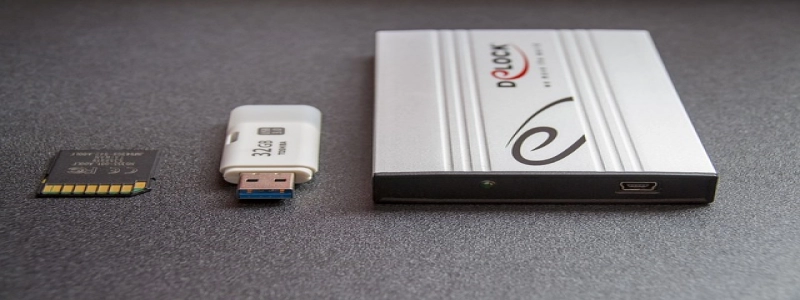INTRODUCTION
I. Overview of Intel X710 SFP+ card
A. Definition and Purpose
The Intel X710 SFP+ card is a high-performance network interface card designed to provide fast and reliable connectivity in data centers and enterprise networks.
B. Features and Specifications
– Supports 10 Gigabit Ethernet (10GbE) transmission speeds
– Utilizes the Small Form-factor Pluggable Plus (SFP+) interface for flexibility and compatibility
– Dual-ported design for redundancy and load balancing
– Advanced features like Virtual Machine Device Queues (VMDq) and Virtual Machine Direct Connect (VMDc)
– Low power consumption and energy-efficient operation
II. Benefits of using Intel X710 SFP+ card
A. Enhanced Network Performance
The X710 SFP+ card offers improved network performance by providing high bandwidth and low latency connections. It enables faster data transfer rates and reduces network congestion, resulting in faster and more efficient communication between devices.
B. Flexibility and Compatibility
With its SFP+ interface, the X710 card supports a wide range of fiber optic and copper transceivers, allowing for flexible network configurations. It is compatible with various network switches and routers, making it easy to integrate into existing network infrastructures.
C. Increased Reliability and Redundancy
The dual-ported design of the X710 SFP+ card provides redundant connections, ensuring uninterrupted network connectivity even in the event of a link failure. It also supports load balancing across multiple ports, optimizing network performance and enhancing overall reliability.
D. Advanced Network Features
The X710 card is equipped with advanced features like VMDq and VMDc, which improve network efficiency in virtualized environments. VMDq enables efficient allocation of bandwidth to virtual machines, while VMDc allows direct communication between virtual machines without involving the host operating system.
E. Energy Efficiency
The X710 SFP+ card is designed to be highly energy-efficient, minimizing power consumption and reducing operational costs. It is compliant with various power-saving technologies, such as Intelligent Power Management (IPM), which dynamically adjusts power levels based on network traffic.
III. Applications and Use Cases
A. Data Centers
The X710 SFP+ card is widely used in data centers for high-speed networking between servers, storage systems, and network switches. Its advanced features and low latency make it suitable for demanding applications like cloud computing, virtualization, and big data processing.
B. Enterprise Networks
In enterprise networks, the X710 card provides reliable and fast connectivity for various network applications, including file sharing, video streaming, and real-time collaboration. Its flexible interface and compatibility with existing infrastructure make it a popular choice for network upgrades and expansions.
C. Telecommunication Networks
Telecom operators and service providers can benefit from the X710 SFP+ card’s high performance and reliability to deliver high-speed connectivity for their customers. It supports various protocols and network architectures, making it suitable for both traditional and software-defined networking (SDN) environments.
CONCLUSION
The Intel X710 SFP+ card is a versatile and high-performance network interface card that provides fast and reliable connectivity in data centers, enterprise networks, and telecommunication environments. With its advanced features, compatibility, and energy-efficient operation, it offers enhanced network performance, increased reliability, and flexibility for various network applications. Whether in virtualized environments or traditional network setups, the X710 SFP+ card delivers optimal performance and helps organizations meet their networking needs effectively.








